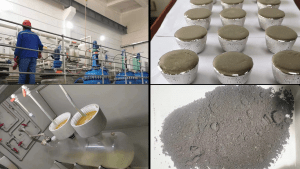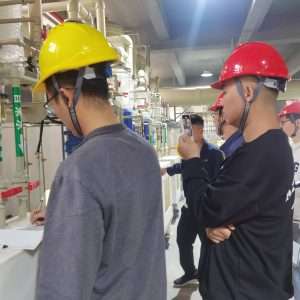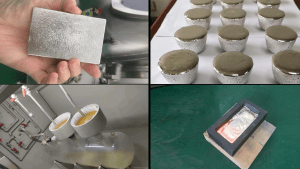Call us now:
Recovery of platinum group metals from catalysts
- Pre-Treatment of Catalysts
First, the recovered automotive catalysts undergo roasting and acid washing to remove residual organic matter and impurities. This step significantly enhances the efficiency of subsequent decomposition and metal recovery. - High-Temperature and High-Pressure Decomposition
Under high temperature and pressure, concentrated hydrochloric acid acts as a decomposing agent, fully dissolving platinum (Pt), palladium (Pd), and rhodium (Rh) into a metal ion solution. - Selective Reduction and Precipitation
Next, sodium hypochlorite, sodium sulfite, or methanol is added to the solution to trigger a reduction reaction. This process causes platinum, palladium, and rhodium to precipitate as pure metal solids. - Solid-Liquid Separation and Purification
A filtration system separates the metal precipitates, followed by multiple washes with suitable solutions to remove unreacted ions and residual impurities. - Powder Processing
The cleaned metal precipitates are dried and then ground into fine powder using mechanical milling equipment, ensuring compliance with industrial standards. - Quality Verification
Finally, chemical analysis methods verify the purity of platinum, palladium, and rhodium, ensuring the final product meets the required quality standards.
Recovery of platinum group metals from catalysts


